Practice
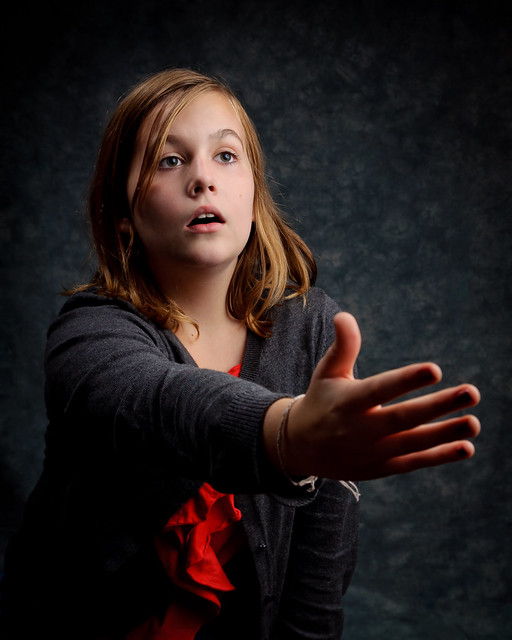
I ordered a new backdrop last week for an upcoming event and I needed to set it up, iron/steam it, and test it out with my lights. I grabbed my kids as my test subjects and started to fire away. On my camera’s LCD, the shots looked great, but once I imported them to my laptop, I noticed that they were all underexposed. Sounds like a case of check the histogram! Digital cameras make a lot of things easy, but this is an example of the easiness working against you.
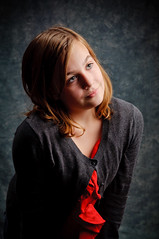
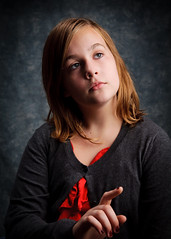
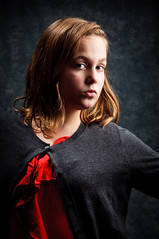
As you can see from the shots above, I was able to brighten these photos up in Lightroom. Sure, that’s a solution to a problem, but it’s a bad solution. The shoot I’m doing this for will be of a lot of different subjects in a short period of time. This means I need to get it right the moment I click the shutter. I will not have time to fix these shots, so I need them to be correctly exposed. I moved my lights to fill in more shadows, I added a reflector to the setup as well. I also increased my aperture by 1/3 of a stop to let in more of the flash. Most importantly, I turned on the histogram on my camera’s display so that I knew that the shots weren’t under-exposed. I’m also going to tether my camera to my laptop and not even bother to judge my camera’s screen.
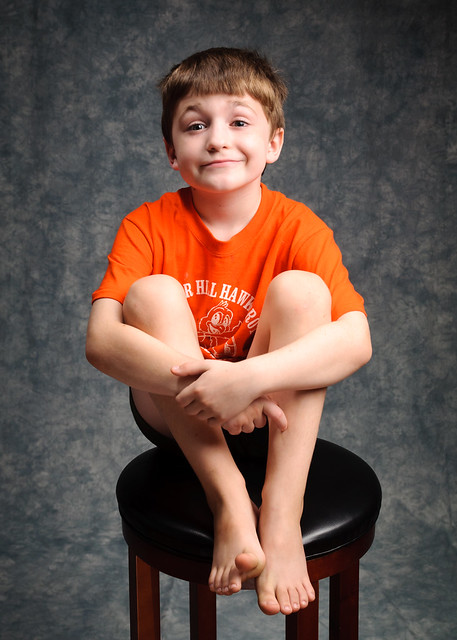
This is the reason I like to test everything out on my own time. Sometimes very basic things will plague you, and I would rather make those mistakes during practice than while real paying customers are in front of me. I should make use of a light meter and test the backdrop and subject to find the right exposure, but I’m not shooting with studio strobes, I’m using speedlights. I am manually setting them even though I could use Nikon’s iTTL system, because I really want to have full control over the exposure. If anyone has a good light meter they want to give me, I’d be glad to make use of it 😉
I think we all have had plenty of occasions where we took a bunch of photos that looked great on the camera’s LCD screen, but once we looked at them on a computer screen the problems became very obvious. What’s your horror story of a blown shot?